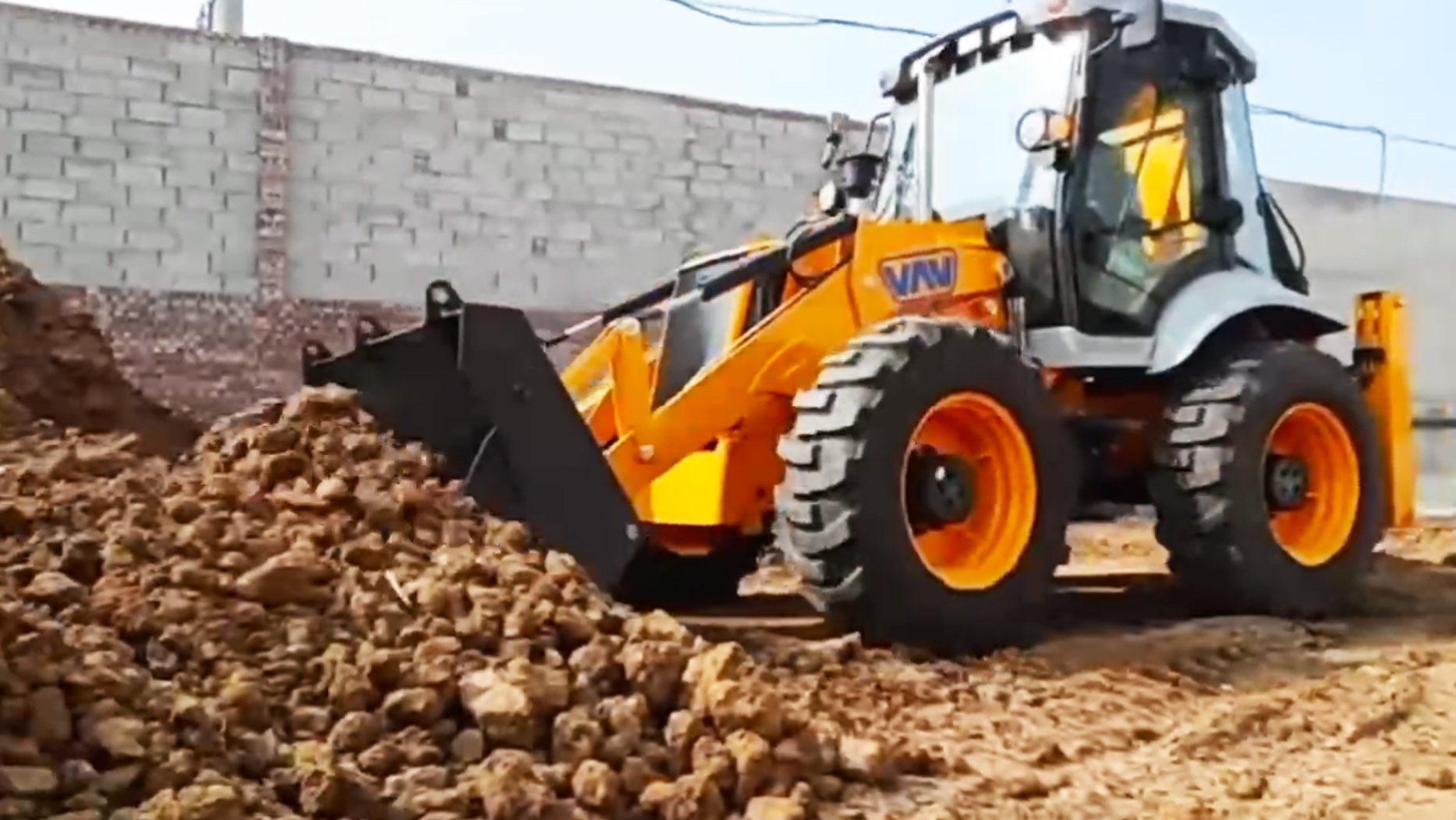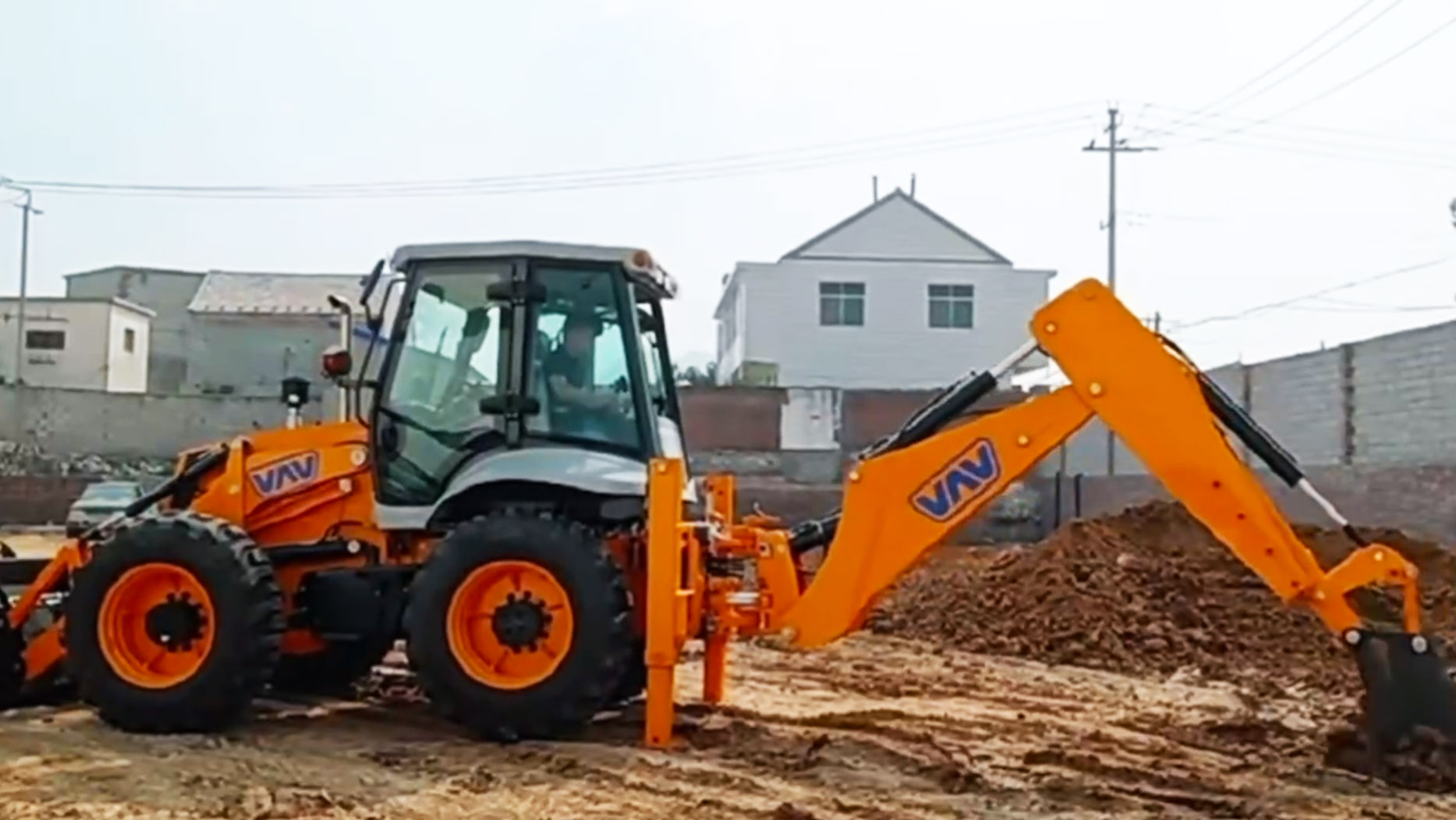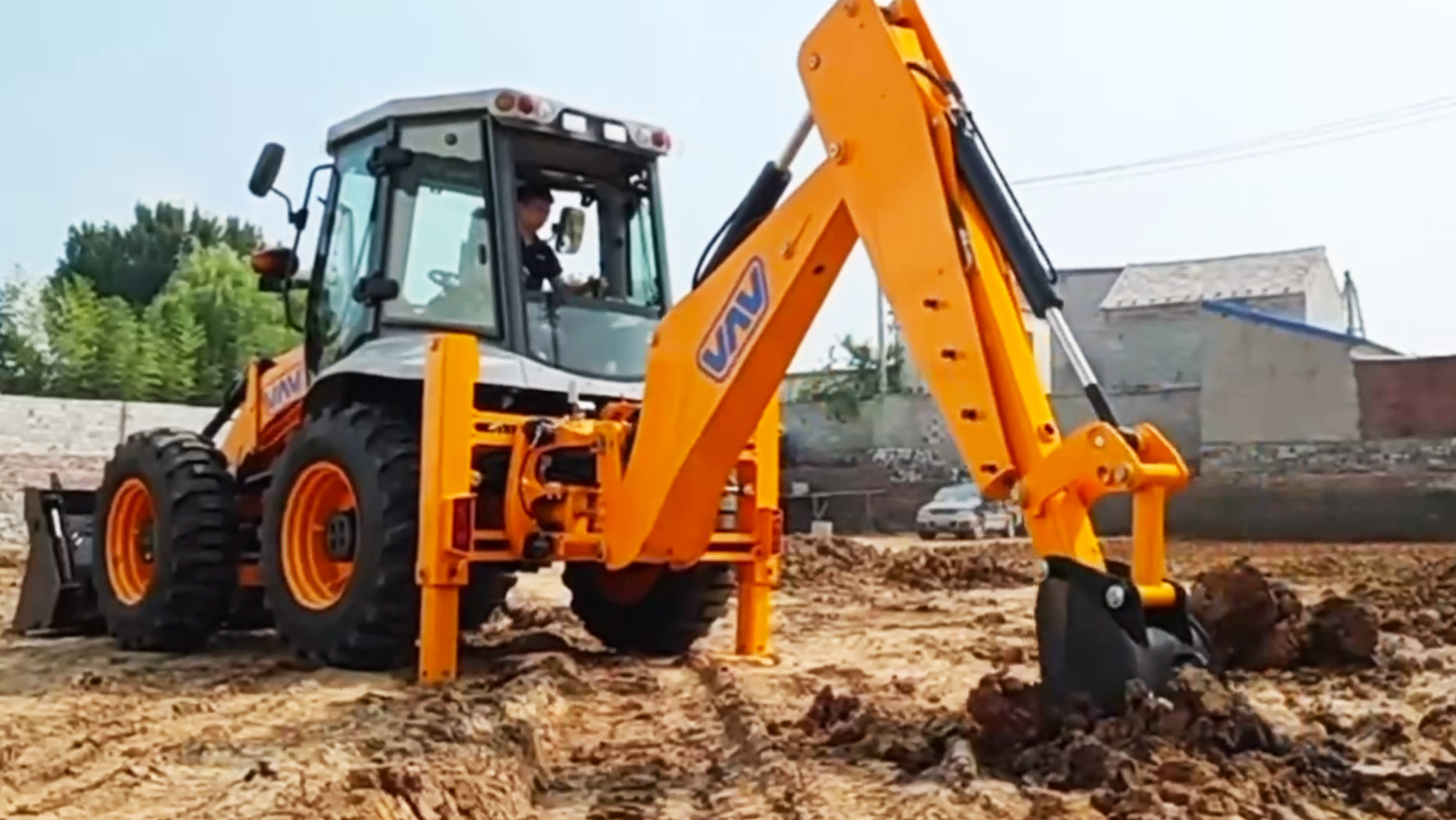Backhoes are powerful and versatile pieces of machinery, essential for excavation, trenching, and material handling in construction, landscaping, and agriculture. However, their power demands respect, and safe operation is paramount to prevent accidents and injuries. This article provides a comprehensive guide to operating a backhoe safely, covering pre-operation checks, operating procedures, and essential safety precautions.
Pre-Operation Checks: Ensuring a Safe Start
Before starting the backhoe, a thorough inspection is crucial to identify potential hazards and ensure the machine is in optimal working condition.
Walk-Around Inspection:
Tires/Tracks: Inspect for damage, wear, and proper inflation/tension. Check for any debris lodged in the tracks.
Hydraulic System: Examine hoses, fittings, and cylinders for leaks, cracks, or damage. Verify hydraulic fluid levels.
Engine Compartment: Check engine oil, coolant, and fuel levels. Inspect for leaks or damage.
Attachments: Inspect the bucket, boom, dipper stick, and other attachments for damage, wear, and proper connection.
Pins and Linkages: Ensure all pins and linkages are secure and properly lubricated.
Safety Devices: Verify the functionality of safety devices, including seat belts, ROPS (Roll-Over Protective Structure), and FOPS (Falling Object Protective Structure).
Warning Lights and Alarms: Check that all warning lights and alarms are functioning correctly.
Mirrors and Windows: Ensure mirrors and windows are clean and provide clear visibility.
Leaks: Check for any fluid leaks around the machine.
In-Cab Inspection:
Controls: Familiarize yourself with all controls, including levers, pedals, and switches. Ensure they operate smoothly and respond correctly.
Seat Belt: Verify the seat belt is in good condition and properly fastened.
ROPS/FOPS: Ensure the ROPS/FOPS is properly installed and secured.
Instruments and Gauges: Check that all instruments and gauges are functioning correctly.
Horn and Lights: Test the horn and all lights, including headlights, taillights, and warning lights.
Emergency Stop: Locate and understand the operation of the emergency stop control.
Operator's Manual: Review the operator's manual for specific instructions and safety guidelines.
Site Inspection:
Underground Utilities: Contact local utility companies to locate and mark underground utilities before digging.
Overhead Power Lines: Identify and maintain a safe distance from overhead power lines.
Ground Conditions: Assess the ground conditions for stability and potential hazards, such as soft spots or uneven terrain.
Obstacles: Identify and mark any obstacles, such as rocks, trees, or debris.
Traffic and Pedestrians: Establish a safe work zone and implement traffic control measures if necessary.
Weather Conditions: Consider weather conditions, such as rain, snow, or wind, which can affect visibility and ground conditions.
Operating Procedures: Safe and Efficient Operation
Once the pre-operation checks are complete, follow these safe operating procedures:
Starting and Warm-Up:
Ensure the parking brake is engaged and the controls are in neutral.
Start the engine according to the manufacturer's instructions.
Allow the engine to warm up before operating the backhoe.
Movement and Positioning:
Before moving, ensure the work area is clear of personnel and obstacles.
Use a spotter if visibility is limited.
Travel at a safe speed and avoid sudden movements.
Position the backhoe on stable ground and engage the parking brake.
When moving the boom, be aware of the swing radius and avoid striking obstacles or personnel.
Excavation and Trenching:
Always dig with the bucket teeth facing down.
Maintain a safe distance from the edge of the trench or excavation.
Avoid undercutting or over-excavating.
Use appropriate digging techniques for the soil type and conditions.
Never allow anyone to enter a trench or excavation without proper shoring or sloping.
Be aware of the location of underground utilities and avoid striking them.
When lifting heavy objects, ensure the load is balanced and within the backhoe's lifting capacity.
Never exceed the backhoe's operating capacity.
Backfilling and Leveling:
Use the backhoe to backfill trenches and level the ground.
Compact the soil in layers to ensure stability.
Avoid overfilling or creating uneven surfaces.
Shutting Down and Parking:
Lower the bucket and attachments to the ground.
Engage the parking brake.
Allow the engine to idle for a few minutes before shutting it down.
Remove the key and secure the backhoe.
Essential Safety Precautions:
Wear Appropriate Personal Protective Equipment (PPE): This includes hard hats, safety glasses, hearing protection, and work boots.
Maintain a Safe Distance: Keep a safe distance from the backhoe while it is operating.
Never Allow Passengers: Only the operator should be in the cab of the backhoe.
Avoid Distractions: Focus on the task at hand and avoid distractions, such as cell phones.
Communicate Clearly: Use hand signals or radios to communicate with other workers.
Follow Lockout/Tagout Procedures: When performing maintenance or repairs, follow lockout/tagout procedures to prevent accidental startup.
Be Aware of Blind Spots: Use mirrors and a spotter to compensate for blind spots.
Never Exceed the Backhoe's Operating Capacity: Refer to the operator's manual for lifting capacity and other specifications.
Regular Maintenance: Perform regular maintenance and inspections to ensure the backhoe is in safe working condition.
Training: Only trained and authorized personnel should operate a backhoe.
Emergency Procedures: Be familiar with emergency procedures, including how to shut down the machine and contact emergency services.
Weather awareness: Slow down or cease operations during heavy rain, snow, or high winds.
Slope awareness: Be aware of the maximum slope that the machine can operate on, and never exceed it.
Swing Clearance: Always be aware of the swing radius of the backhoe and make sure that there is enough room to swing the machine without hitting anything.
IV. Emergency Procedures:
Equipment Failure: In case of equipment failure, immediately shut down the backhoe and notify a supervisor.
Accident: If an accident occurs, provide first aid and contact emergency services.
Fire: If a fire occurs, use a fire extinguisher to extinguish the flames and evacuate the area.
Utility Strike: If a utility line is struck, evacuate the area and contact the utility company.
Conclusion:
Operating a backhoe safely requires a combination of knowledge, skill, and vigilance. By following these guidelines and adhering to safety precautions, operators can minimize the risk of accidents and injuries. Regular training, thorough inspections, and a commitment to safety are essential for ensuring a safe and productive work environment. Always remember that safety is paramount, and no task is worth risking injury or death.
Post time:Feb.27.2025



